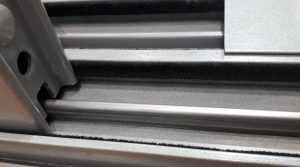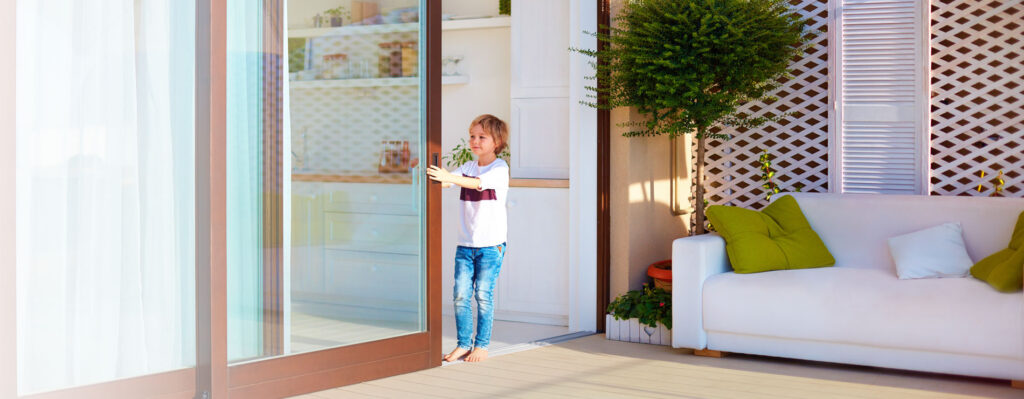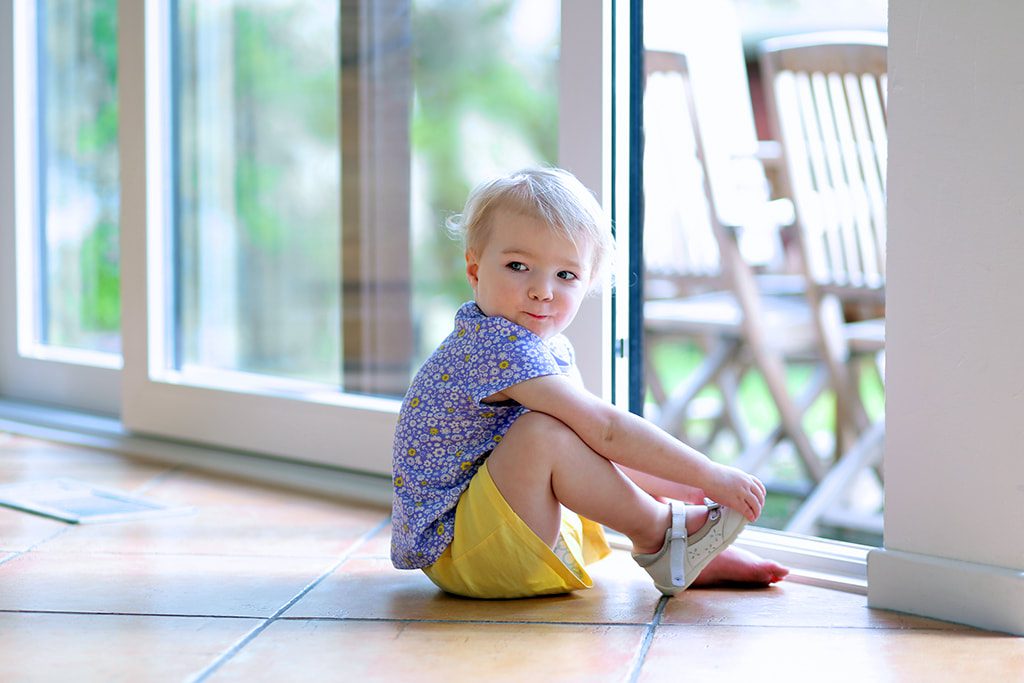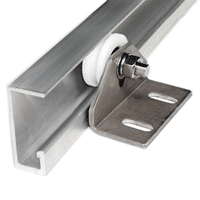Sliding Door Problems
The real causes (and sources) of all your sliding door problems
 When your sliding door just won’t slide or lock any more, it is often easy to conclude that the rollers just need replacing. While it may be true that the rollers have failed, many other sliding door problems have most likely contributed to this failure.
When your sliding door just won’t slide or lock any more, it is often easy to conclude that the rollers just need replacing. While it may be true that the rollers have failed, many other sliding door problems have most likely contributed to this failure.
The following is a list of some common issues that we find daily:
- One or both rollers may have simply worn out after years of service.
- The surface of your sliding door rolling track may be worn down or damaged. This could be due to the ingress of sand, dirt or animal hair. Door roller replacements are likely to fail prematurely due to a mismatched roller/track profile. A previous quick fix repair (where only rollers were replaced) often results in early replacement roller failure. We never ignore a damaged sliding door track as this is the basis for correct roller performance and a full service life.
 Your sliding door frame may have been bricked in poorly during construction. There may be bows or humps to the head (top) or sill (bottom) tracks and the door jambs (sides) may have twists or bows in them. Any of these issues can put undue pressure on the rollers – causing premature tyre/bearing failure – which if ignored can become the main cause of a worn out and unserviceable rolling track surface.
Your sliding door frame may have been bricked in poorly during construction. There may be bows or humps to the head (top) or sill (bottom) tracks and the door jambs (sides) may have twists or bows in them. Any of these issues can put undue pressure on the rollers – causing premature tyre/bearing failure – which if ignored can become the main cause of a worn out and unserviceable rolling track surface.- Often dirt ingress into drain holes or badly laid sill bricks can compromise sill drainage and the water that cannot drain away quickly causes corrosion and subsequent seizing of the door roller bearings. When rollers fail to rotate in operation, the skidding tyre wears through quickly, allowing the steel of the bearing case to come into contact with the track surface. This will quickly grind and gouge the soft aluminium track surface into an un-roller-friendly mess. We have found sliding doors that have literally ground their way through an aluminium floor track after rollers had previously fallen to pieces.
- Worn or broken guides need to be replaced and existing ones, if serviceable, need to be lubricated. Correctly.
- Sliding door lock issues are more often than not directly related to unevenly worn or badly adjusted door rollers. The door sash needs to evenly meet the wall jamb if the lock is to latch and lock smoothly and properly, especially with twin and triple lock systems.
- Dents and damage to the rolling and closing tracks from day to day wear and tear can impinge on the ease with which your beloved sliding door can be opened and closed. These need to be removed and straightened out before the door can slide freely again.

Investigation is Key
Thorough investigation of each of the points listed here will result in a sliding door which effortlessly glides back and forth with the light touch of a child’s finger.
At Revive we are always seeking to offer you a cost effective, long-term repair for all your sliding door problems. Rather than throw some rollers in it for a quick fix, we are only interested in doing the job properly.

Revive is on the hunt for repeat business and great referrals from your family and friends. We never expect to be called back to a door that we have repaired until many, many years have passed.
The problem may not be with your sliding door rollers . . .

 Your sliding door frame may have been bricked in poorly during construction. There may be bows or humps to the head (top) or sill (bottom) tracks and the door jambs (sides) may have twists or bows in them. Any of these issues can put undue pressure on the rollers – causing premature tyre/bearing failure – which if ignored can become the main cause of a worn out and unserviceable rolling track surface.
Your sliding door frame may have been bricked in poorly during construction. There may be bows or humps to the head (top) or sill (bottom) tracks and the door jambs (sides) may have twists or bows in them. Any of these issues can put undue pressure on the rollers – causing premature tyre/bearing failure – which if ignored can become the main cause of a worn out and unserviceable rolling track surface.